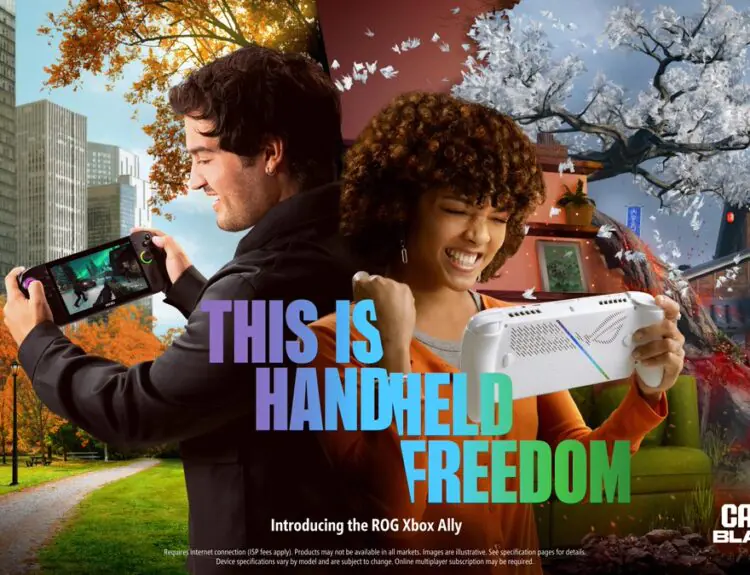When Intel F-Series was launched in January this year, analysts were predicting its doom considering the absence of the GPU. However, Intel seems to have the last laugh as sales have picked up in recent months.
According to Kent Tibbils, VP at ASI, an authorized distributor for Intel, in the second quarter alone, they registered a 16% increase in sales for the F-series. He described the adoption rate as “pretty fast.”
This was echoed by Todd Garrigues, Intel’s director for partner sales program, who said that the company knew what it was doing when it introduced the F-series. The GPU-less CPUs were originally meant to relieve some of the pressure brought about by the CPU shortage.
In fact, Intel even expanded the line to eight SKUs–starting with the entry level i3-9100F to the high-end i9-9900KF.
The F-Series chips are built on the same Coffee Lake architecture using the 14nm process. The CPUs also feature the same frequencies, core counts, and thermal design power than their predecessors. These CPUs, costs the same. The only difference is that Intel disabled the GPUs.
What was mind-boggling to analysts’ minds was the similar price point for the F-series with the other Intel chips. It doesn’t make sense considering that this one has no GPU. End-users don’t necessarily need that one if they already have a PC with discrete graphics. However, it only means that the discrete GPU will be working twice as hard to make up for the absence.
This is the reason why they predicted the death of the F-Series even before it was launched in the market.
Tom’s Hardware described it as marketing retool for Intel to sell its processors with some defects in the GPU. That’s because the physical graphics units are still intact, which means that Intel just disabled their function. Also, disabling the GPU doesn’t provide any edge for the user, which will serve as an incentive to cop one.
What the F-Series did was to serve as a release valve so users can still purchase a processor if the normal chips are sold out.
Also, Tibbils explained that Intel also introduced some incentives so people will overlook the price gap, or the lack thereof. The good thing is that the company listened to the consumers’ complaints. So they added game and software bundles, points promos, and video card bundles that distributors can trickle down to their buyers.
And it seems the strategy worked for Intel if the latest data are to be believed.







